J35J Draken SE-DXR (35556)
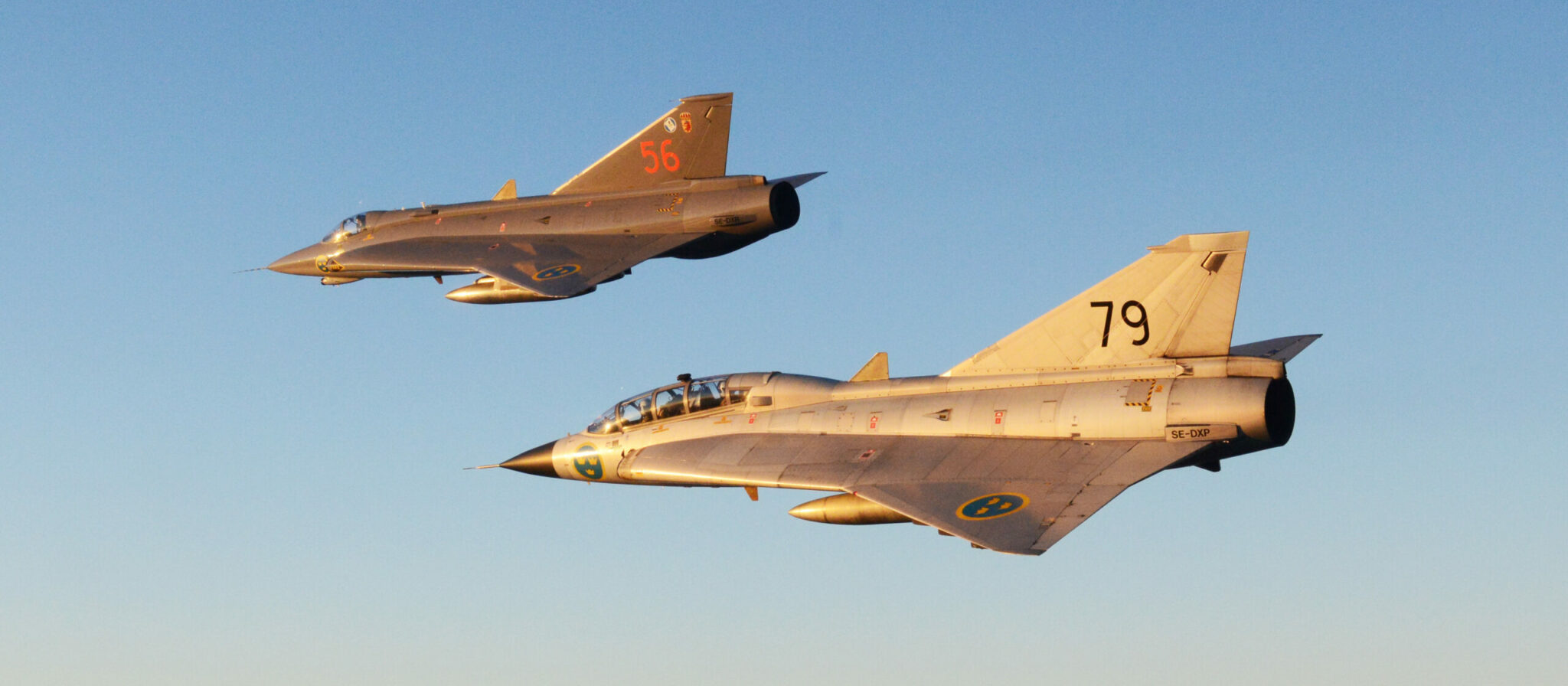
| Delivered | 1969-02-05 |
J 35J has been restored to flying condition, and it’s operated by the Swedish Air Force Historic Flight (SwAFHF) at F 7 Såtenäs. In order to be able to show the Draken outside Sweden, it has been allocated civil registration SE-DXR. No modifications were needed to get the Draken flying as a civil aircraft, only a GPS a modern radio has been mounted in the cockpit to ease navigation and communication.
Fin numbers: F 13 Bråvalla: 56, F 12 Kalmar: 56, F 10 Ängelholm: 50 and 56, SwAFHF F 10: 56.
Technical specification
Length: 15.34 m
Wingspan main: 9.42 m
Height: 3.89 m
Empty weight: 8282 kg
Takeoff weight: 10562 kg. Max 12770 kg.
Power plant: RM-6C. 5845 kp and 7880 kp with afterburner.
Internal fuel: 2180 kg
4 Drop tanks: 2025 kg
Service ceiling: 15000+ m
Max airspeed: Mach 2.
Range: Approx. 1200km
Ericsson PS-011/A Radar. Integrated with the SAAB S7 Collision course fire-control system.
IRST (Infrared Search and Track system)
RM 6C Turbojet. Rated at 5850 kg at dry thrust and 7880 kg afterburning thrust.
Armament
RB 24 J (AIM-S9J Sidewinder)
Rb 74 (AIM-9L)
Rb 27 (AIM 26B Falcon, Hughes HM-55) Semi-active radar guided air-to-air missile.
Rb 288 (AIM-4D Falcon, Hughes HM-58) Infrared homing air-to-air missile.
M/55 Aden 30 mm canon. Installed in the inner wing. One or two guns were carried. 90-120 rounds for each gun. 25 rounds/second.
M/56 Unguided 135 mm rockets
M/57 Pod containing 19 75 mm rockets (aerial targets)
A total of 612 SAAB 35 was constructed in many different versions.
The type evolved from supersonic interceptor through photo recce to tactical attack.
Doubling its maximum take-off weight from 8 to 16 tons in the process, but still maintaining excellent performance.
The Draken was used operationally by the Air Forces of four nations, Sweden, Denmark, Finland and Austria, and a few examples have been even flying or still flying on the civilian register.
Initial project studies on the Draken began in autumn of 1949 by SAAB project manager Erik Bratt. Bratt developed the unique, and at that time very advanced, double-delta wing configuration which combined good high-speed performance at high altitude (Mach 2+) with exceptional low-speed maneuverability for short take-off and landing distances, about
500 m.
A not so attractive feature of the double delta concept was the so called Superstall phenomenon, a situation which could easily occur when flying at high alpha or low speed, resulting in the a/c falling towards the ground in a stable position with no forward speed at all. The recommended recovery procedure from a Superstall was simply to avoid getting
into it!
In January 1952 a 70% scale experimental a/c flew for the first time.
Due to its characteristics platform the SAAB 210 quickly became nicknamed Drake (Swedish for Kite, but also translates into Dragon), later changed to “Lill Draken” (Little Draken) when the fully fledged fighter took over the Draken name.
The first SAAB 35 Draken prototype, serial 35-1, took to the air for the first time on 25 October 1955. Initially three prototypes were constructed, but the entire Draken program eventually involved 13 prototypes of different variants.
35-1 was initially powered by a non-afterburning Svenska Flygmotor RM 5A (license-built Rolls Royce Avon Mk 21) which was also used by the A32A Lansen. This was later replaced by an Avon Mk 43 delivered from the UK. With this powerful engine, 35-1 flew past Mach 1.0 in level flight on 26 January 1956, becoming the first Draken to break the sound barrier. Mach 2.0 was reached by a J35D test a/c powered by a RM 6C engine on 14 January 1960.
The first Draken production version was the J 35A (Alpha), of which the first took to the air on 7 January 1959.
Development of the Draken was an ongoing process, and parallel with J 35A production SAAB developed the next version, the J 35 B (Bravo). The J 35B retained the basic airframe and powerplant of the J 35A (long tail with EBK 66 Afterburner) but had much improved avionics, including Ericsson PS-03/A radar and SAAB S7A fire control system. It was also fitted with STRIL 60 datalink (Fighter control and air surveillance) which was early version of Swedish Air Forces unique tactical network system.
The availability of an upgraded powerplant resulted in the J 35D (Delta) version, which retained the basic avionics and weaponry system of he J 35B but was equipped with a Volvo Flygmotor RM 6C engine of 7880 kg static thrust (license built Rolls Royce Avon Mk 60 with Swedish developed EBK 67 Afterburner).
As the RM 6C burned more fuel than the RM 6B fuel capacity was increased with an additional 600 liters internal fuel and a second 500 liters drop tank, carried on two new side-by-side under-fuselage pylons which replaced the single centerline pylon of the earlier Draken versions.
Performance was greatly improved and the J 35D was the first Draken to have a top speed of Mach 2 in level flight. It had a thrust-to-weight ratio og 0.70 in a normal air-to-air configuration improving to 0.85 if only four missiles and 50% fuel was carried.
The definitive Draken fighter variant was the J 35F (Foxtrot) which retained the basic airframe and powerplant of the J 35D but had greatly improved avionics and weaponry.
The J 35FMaximum external load was increased to 4000 kg.
Principal improvements with the J 35F comprised the powerful Ericsson PS-01/A intercept radar, S7B collision-course fire-control system and the ability to utilize radar guided air-to-air missiles.
Parallel to the manufacture of the first J 35F was an intensive development of electronic and IR techniques. The result was that the Foxtrot version was equipped with an infrared search and track sensor, IRST, under its nose slaved to the radar. The Draken was among the first fighters in the world to utilize an IRST for “silent” interception.
To extend the service life of the Draken and increase its operational effectiveness, Swedish Air Force in 1985 decided to upgrade a batch of low-houred J 35F into a new version,
the J 35J (Juliet).
It would have been more logical to designate the new version as J 35G, but Swedish Air Force decided on J 35J as J is the 10th letter of the alphabet and the type would only serve with F10. The Juliet upgrades were performed by SAAB and FFV Aerotech during 1987-1991, with a total of 67 airframes being converted.
Main aspects of the J 35J upgrade included structural life-time extension, improved PS-011/A standard radar reinforced against enemy ECM, upgraded IRST more effective at low level, various updated avionics, two additional missile launchers under the inner wings (wired to carry Sidewinder, but not Falcon missiles), provision for the powerful Rb 74 dogfight missile (AIM-9L Sidewinder), 120 rounds for the internal cannon instead of 100 and ability to carry four 525 liter drop tanks instead of only two.
All J 35J were delivered to F 10 Wing Ängelholm, which was Swedish Air Forces last remaining Draken wing when the Juliet version entered service.
By the end of 1998 it was time for F 10 Wing to say goodbye to the Draken as the Wing was going to convert to the JAS 39 Gripen, and on 12 December 1998 the SAAB Draken was officially retired from Swedish Air Force service. The Swedish Draken fleet had accumulated an estimated total flying time of approximately 770 000 hours.
Maneuvering with the Draken was pleasing as long as one remembered to maintain enough airspeed. High engine thrust allowed brisk vertical maneuvers. The stick pull force was rather heavy. Lateral control was very effective at maneuvering speeds. It was not necessary to apply any rudder during maneuvering.
The engine accelerated quickly and response to the throttle movement was rapid. Visibility from the cockpit was acceptable, although not comparable with the bubble canopies of today’s fighters. The 25 degrees seat tilt helped to increase the pilots G-tolerance.
The Draken was clearly not well suited for dogfights, and it was also originally developed as an all-weather interceptor capable of attacking enemy bombers flying at high altitude and high speeds. The Draken was able to turn at 7 G, but it had to be performed at high speed which resulted in a large turn radius and low rate of turn. In a tight turn all available thrust was required to maintain airspeed.
The RM 6C engine had a lot of thrust. It pushed the Darken easily into high speeds at low level, with a limit of 1350 km/h indicated airspeed. At high altitude and supersonic speeds, the fixed intake system showed its disadvantage by degrading performance.
The practical maximum level speed above 10000 meters was around Mach 1.6 although speeds of Mach 2 had been reached during early SAAB test flights. The Drakens normal service ceiling was around 14500 meters, but altitudes up to 18000 meters could be reached with an inertial zoom climb.
The Draken had a special control problem when maneuvering at high transonic airspeed at low altitude. It was called the servo stall and was caused by the hydraulic actuators not being powerful enough to produce full elevon up deflection during heavy aerodynamics loads.
To enhance the nose-up pitch moment, the flight control system was modified so that the upper airbrakes opened as maneuvering flaps when the pilot was pulling with more than 6 kg on the stick.
SK35C SE-DXP (35810)
| Delivered | 1962-10-17 |
| WFU | 1997-08-28 |
SK 35C has been restored to flying condition, and it’s operated by the Swedish Air Force Historic Flight (SwAFHF) at F 7 Såtenäs. In order to be able to show the Draken outside Sweden, it has been allocated civil registration SE-DXP. No modifications were needed to get the Draken flying as a civil aircraft, only a GPS a modern radio has been mounted in the cockpit to ease navigation and communication.
Fin numbers: F 16 Uppsala: 810, F 16 Uppsala: 79, F 10 Ängelholm: 87 and SwAFHF F 16 79.
The plan was a pure tandem trainer with no operational capability whatsoever. Radar, Canon, and most weapons pylons were removed to compensate for the extra weight of a the two-seat cockpit.
With all operational systems removed it was a relativity light aircraft and had the highest thrust-to-weight ratio of all Draken versions. It was generally regarded as the “family sports car”.
A special two-seat construction was developed which incorporated an extra seat for the instructor behind the student pilot, separated by a windblast screen to protect the instructor if the canopy was shattered or ejected. Even though the rear seat was raised slightly over the front seat, the instructor was provided with a 3-D stereoscopic periscope to improve forward visibility. A small fin was added under each outer wing to improve yaw stability, thereby compensating for the larger vertical area of the two-seat cockpit.
All SK35C were by converting short-tail J35A airframes into two-seaters. The SK35C prototype, serial 35800 (converted from 35010), first flew on 30 December 1959. Between August 1961 and June 1963, a total of 25 Adam Draken was converted into SK35C.
Under the conversion training, the SK35 C was also used to train pilots in Stall and spin characteristics, especially the so called Superstall. To secure safe recovery some of the aircrafts was modified with a special anti-spin parachute installed above the engine exhaust and received red/yellow high visibility marking to increase observability.
Between 1950 and 1987 a total of 179 Draken superstalls were reported in the Air Force. 35 of these resulted in a crash and destruction of the aircraft. Because of the high risks involved in the superstall, Draken pilots of all nations received special recovery training in Sweden using both simulators and SK35C trainers equipped with anti-spin parachute.
SAAB and FC also used the SK35C 35800 in the late -60 and beginning of the -70 to testing the short-range radio commanded guided Rb05 (air to surface missile) for the AJ 37 Viggen.
SK35C was retired from the Swedish Air Force service in 1998.
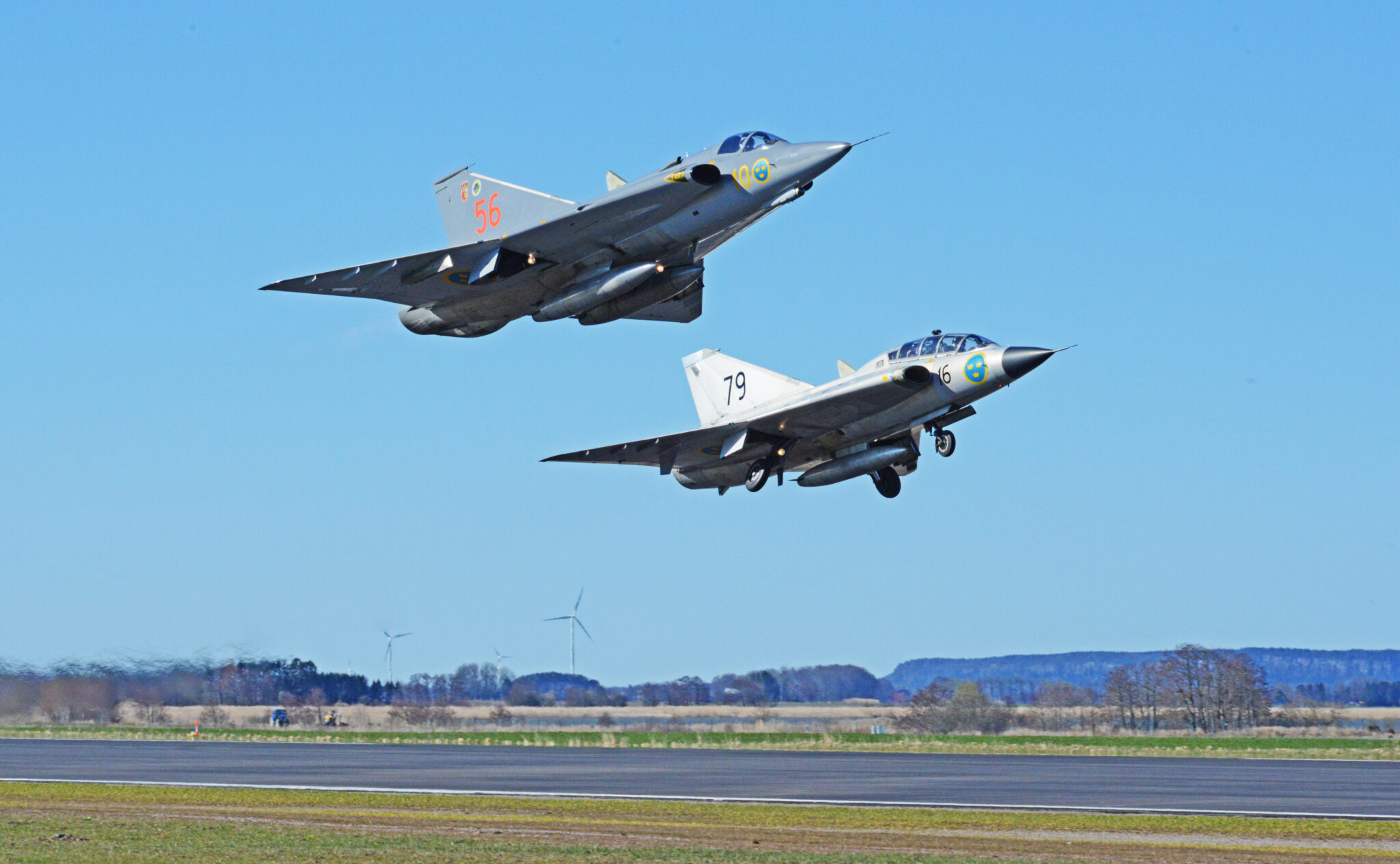
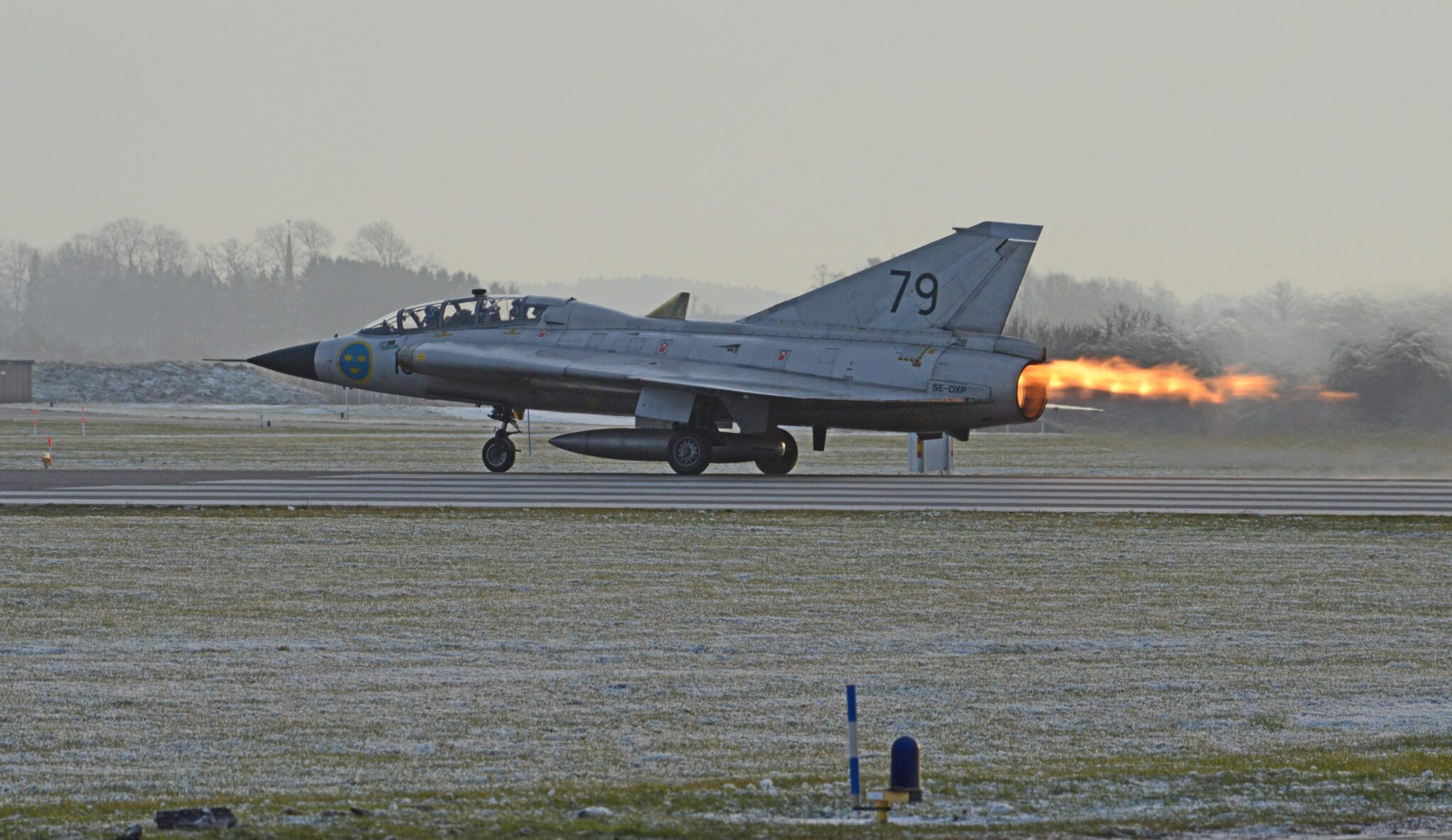

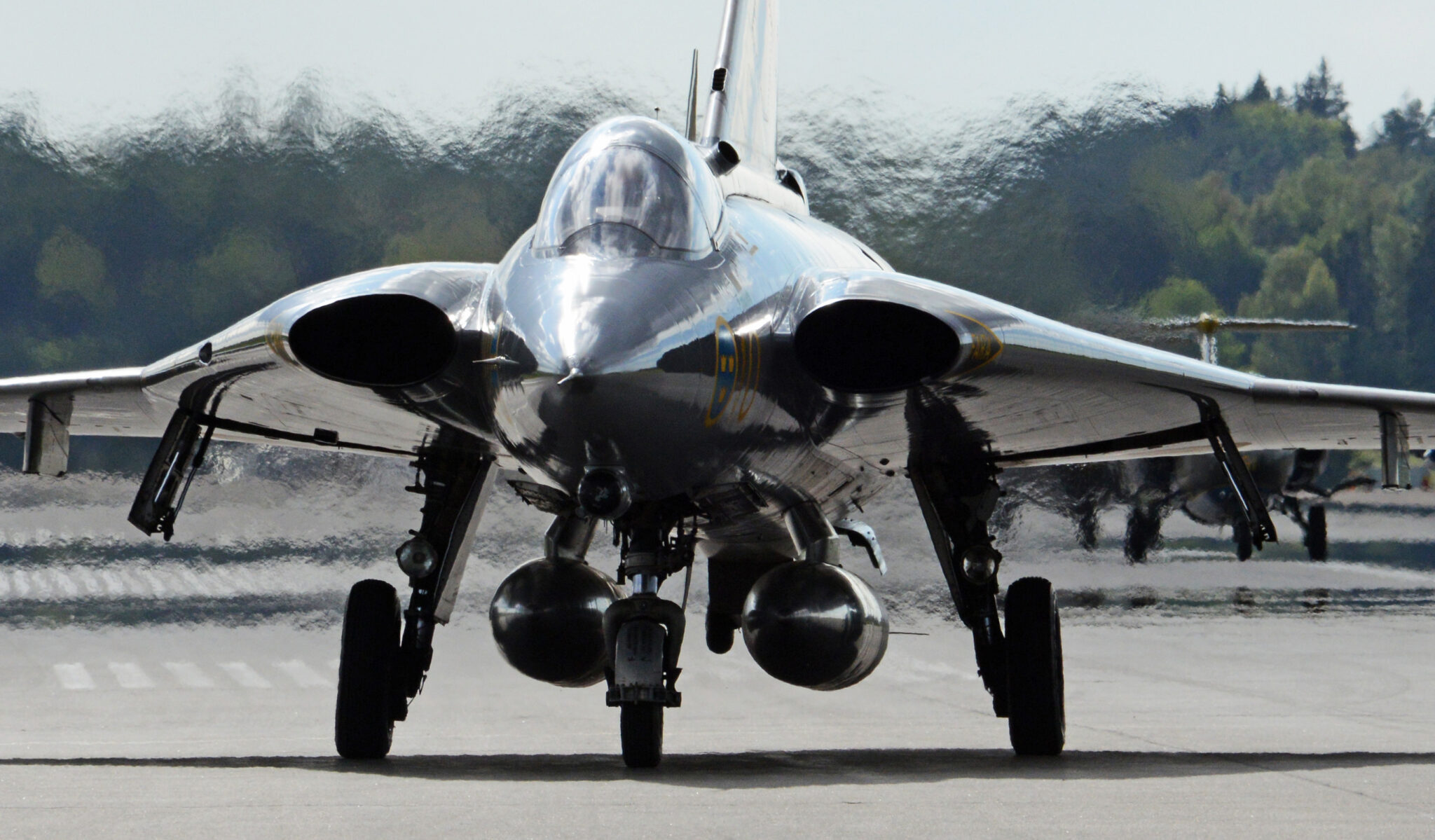
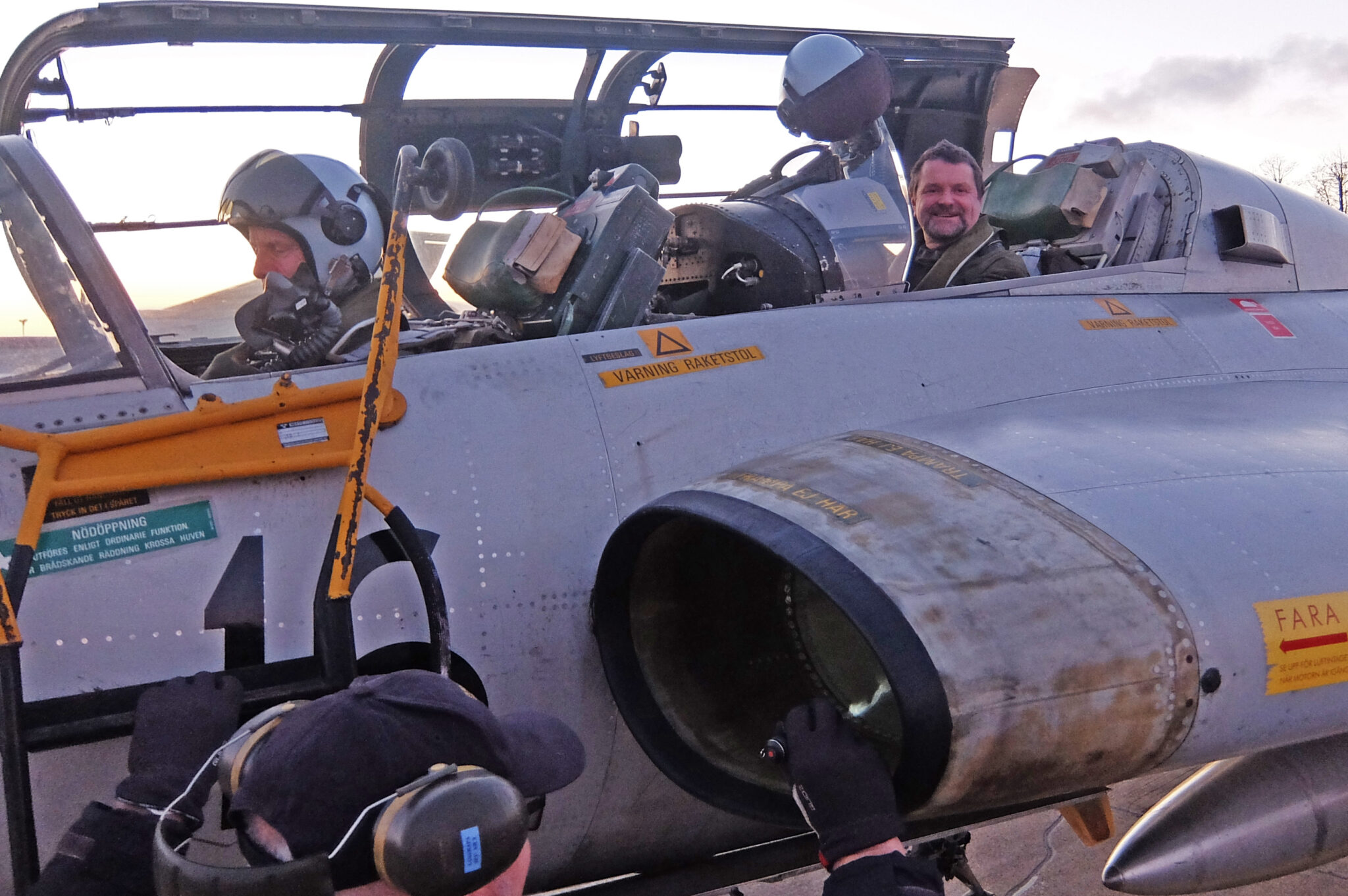
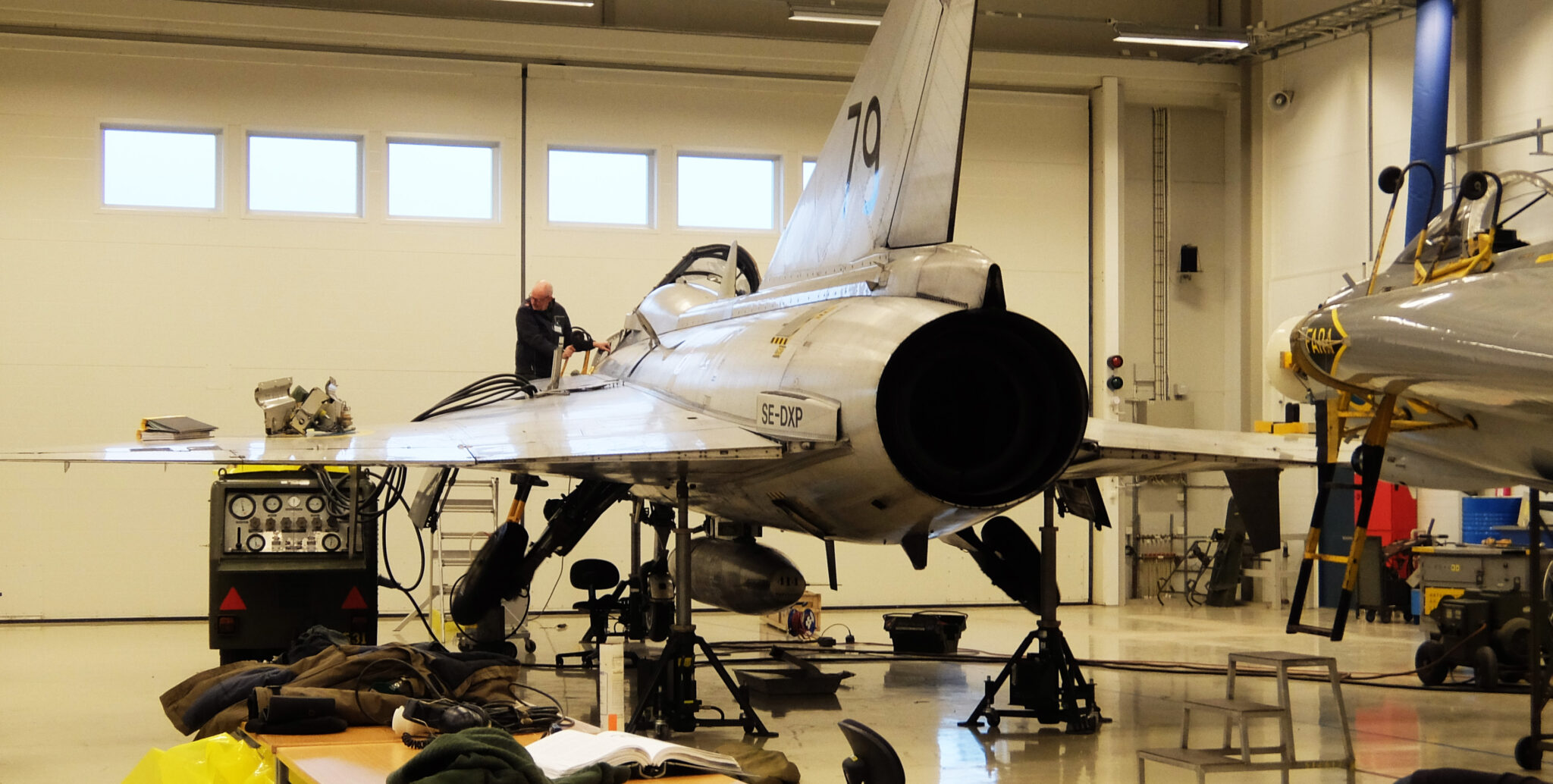
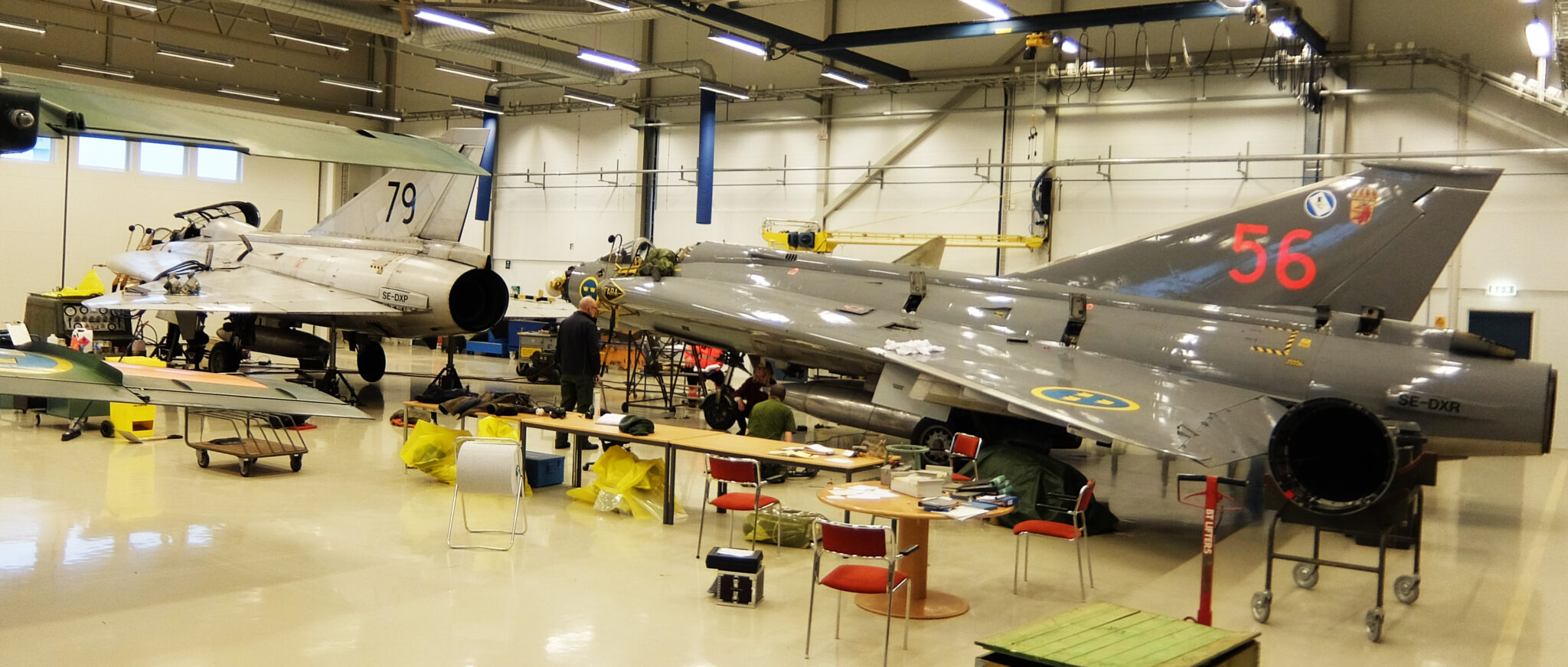
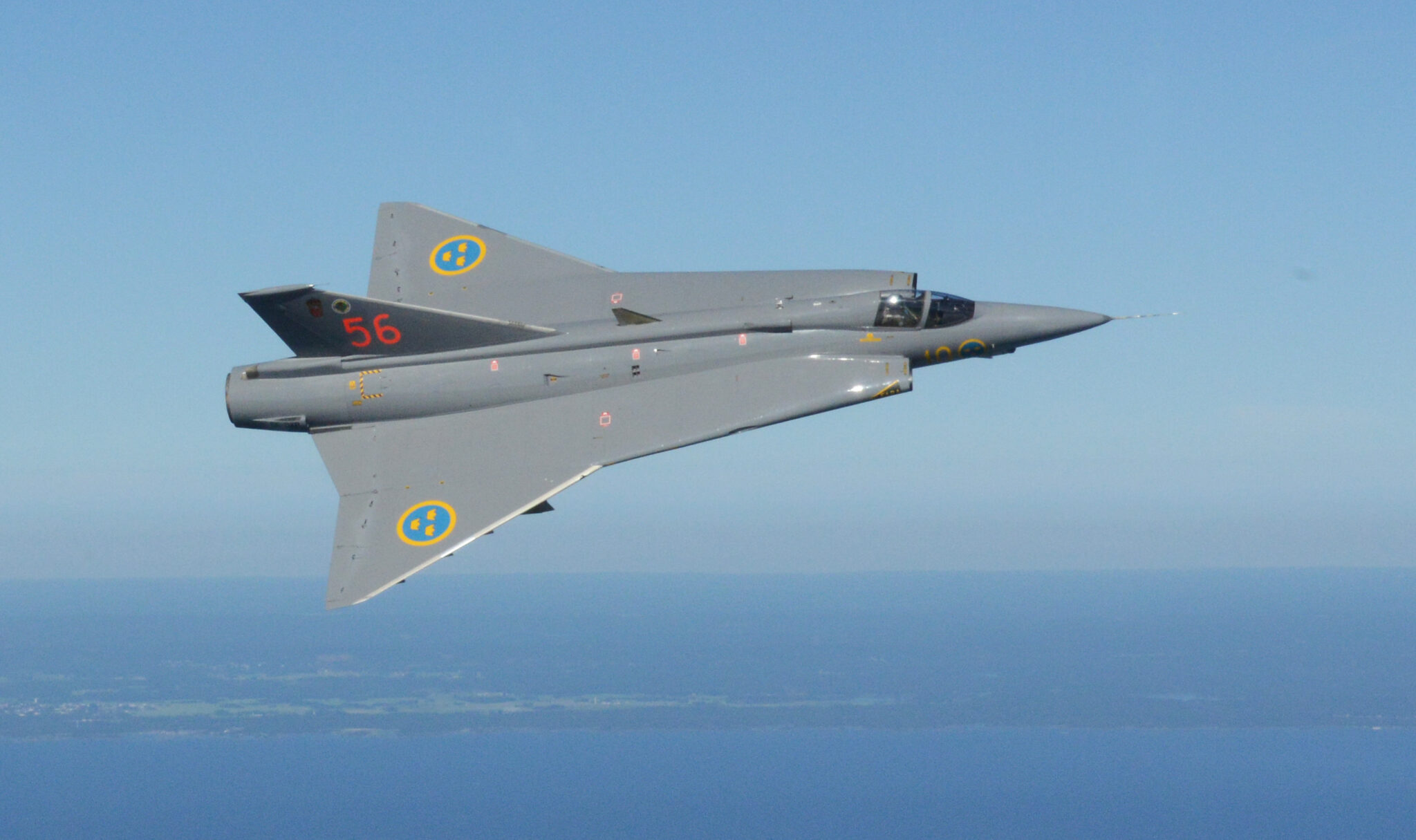
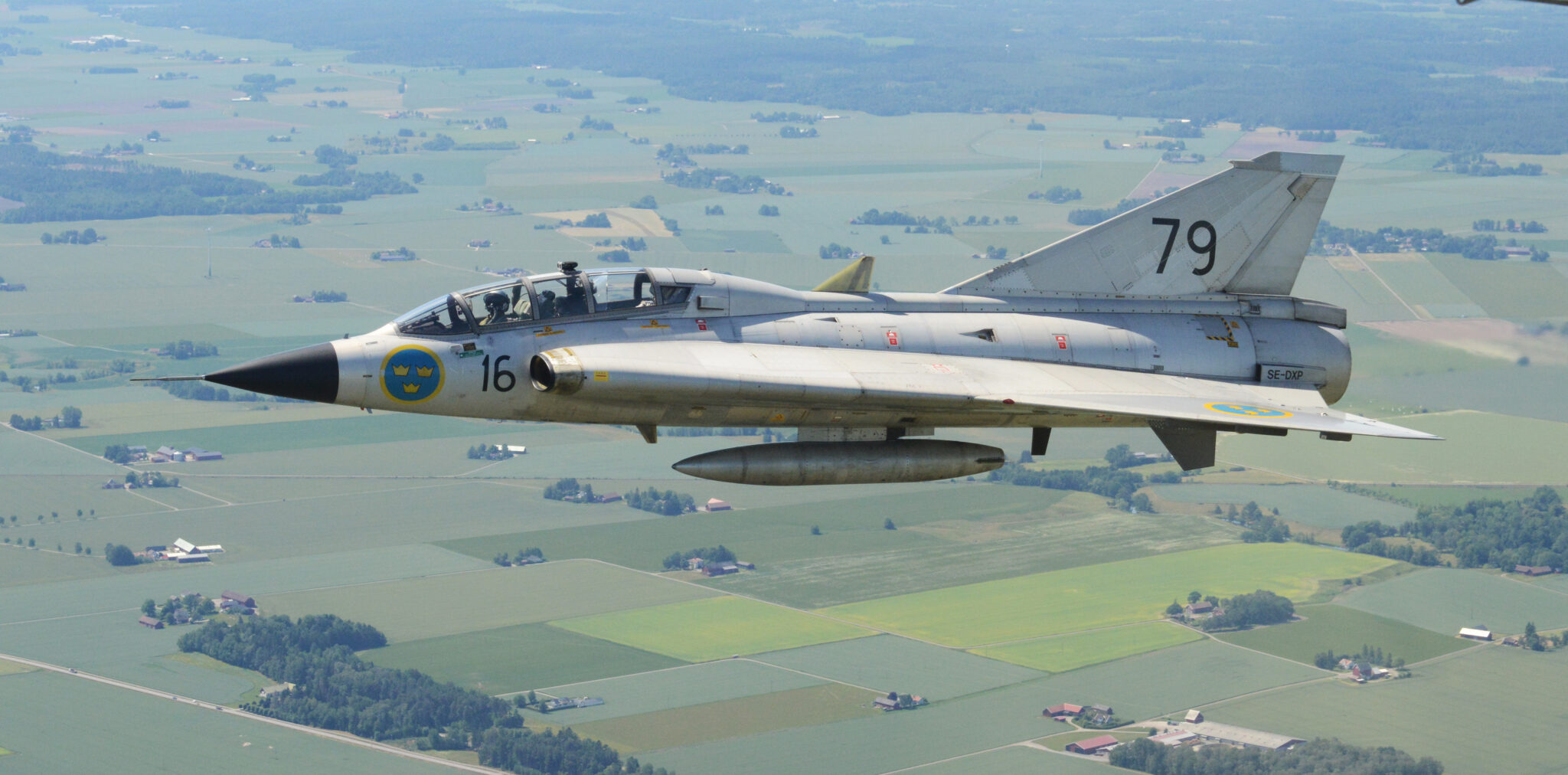
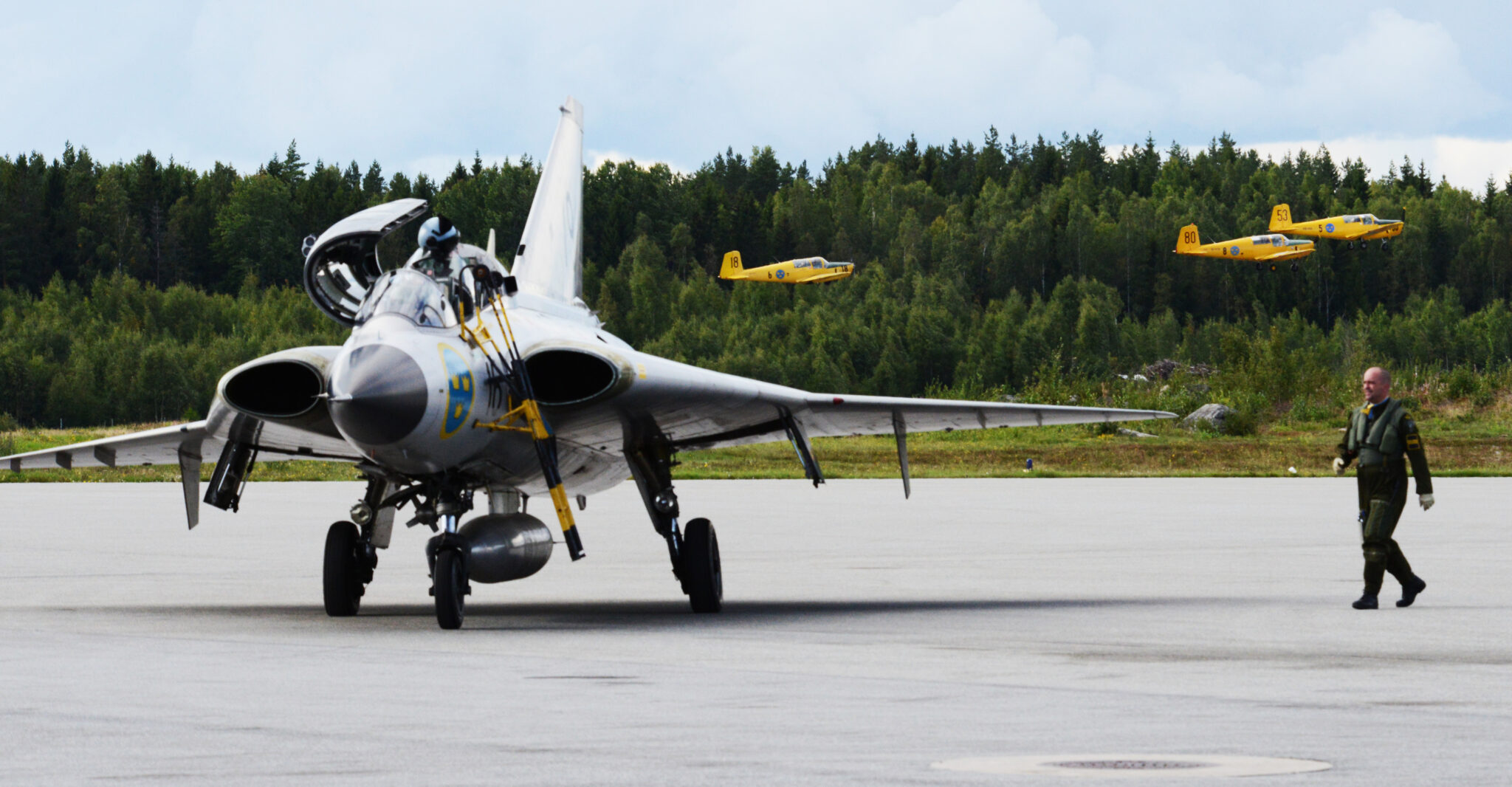
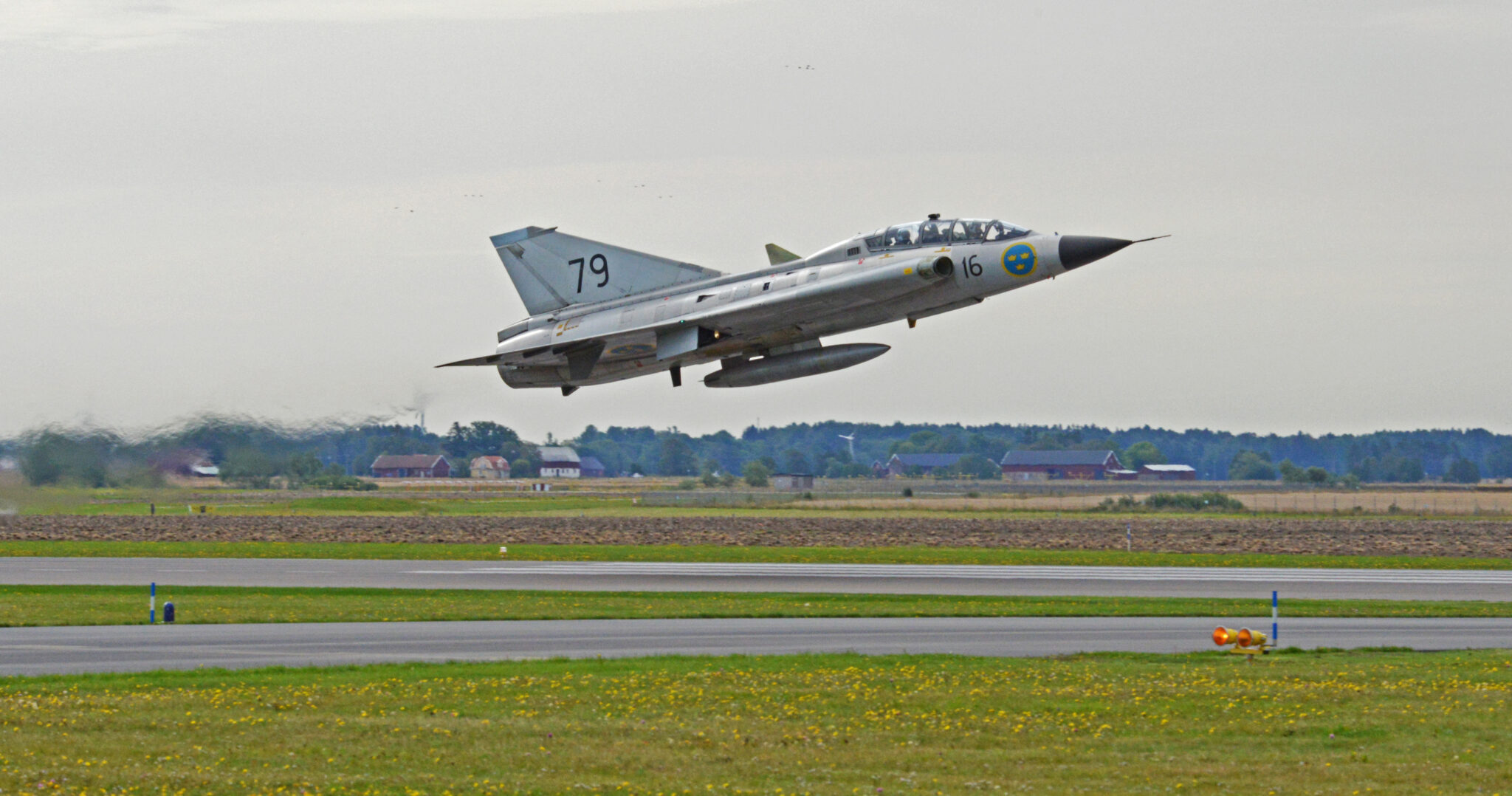
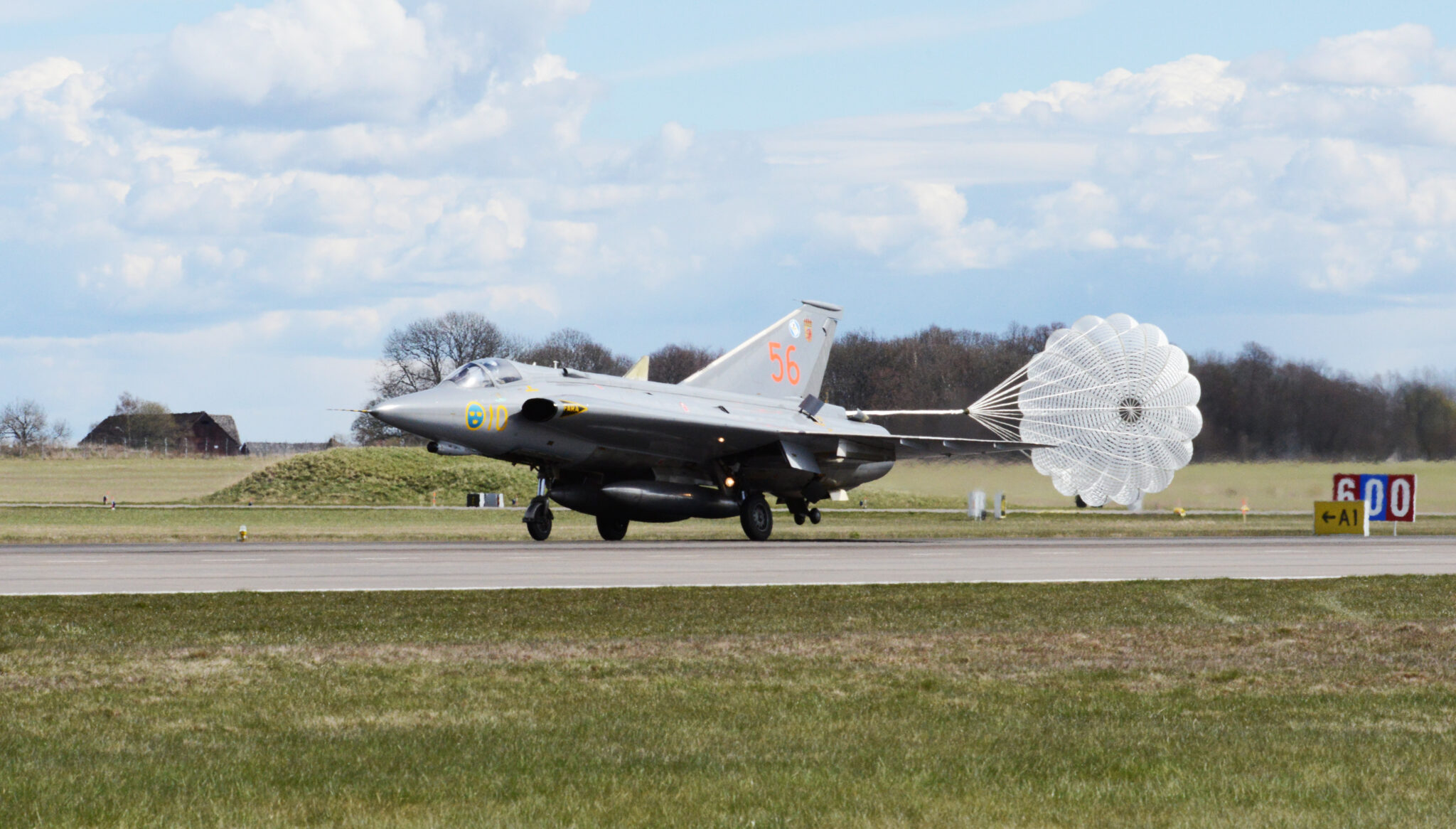
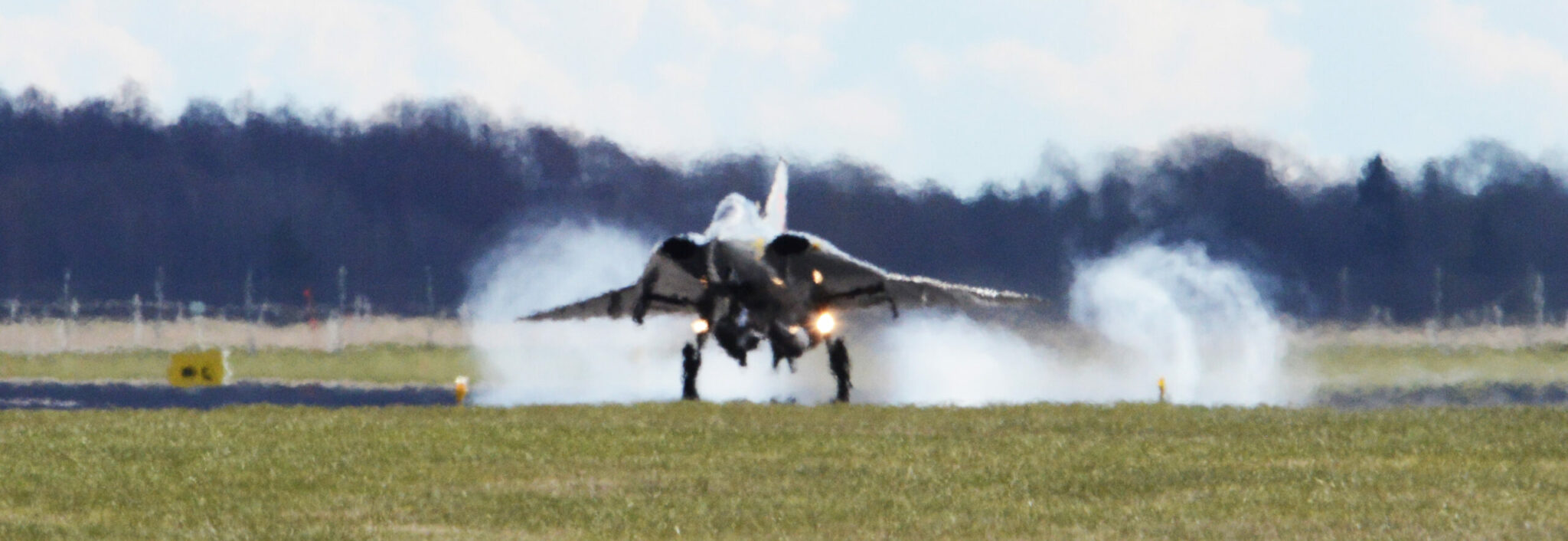
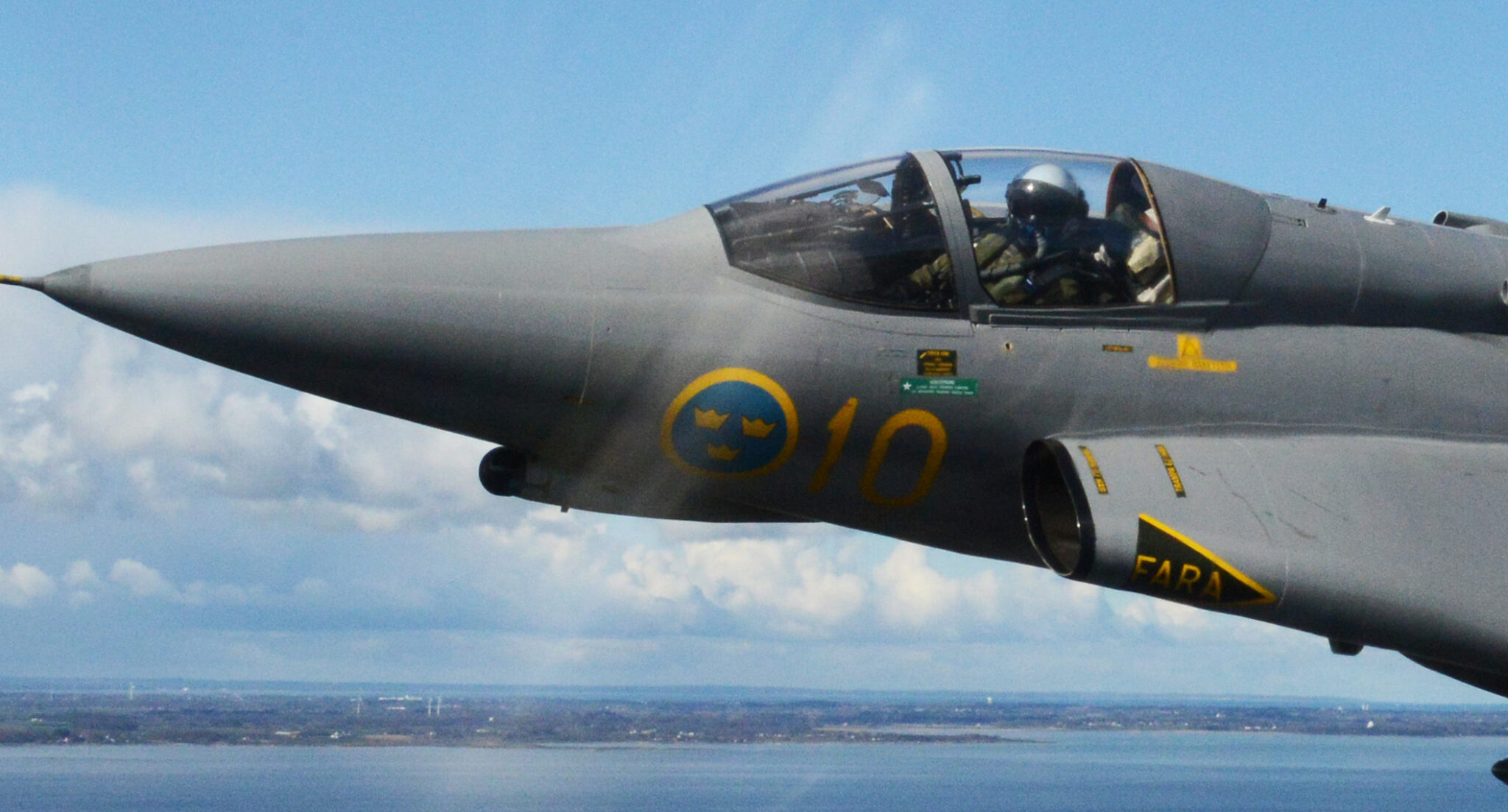
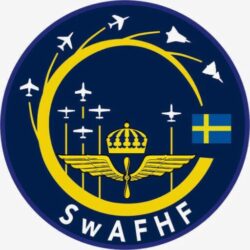
Du måste vara inloggad för att kunna skicka en kommentar.